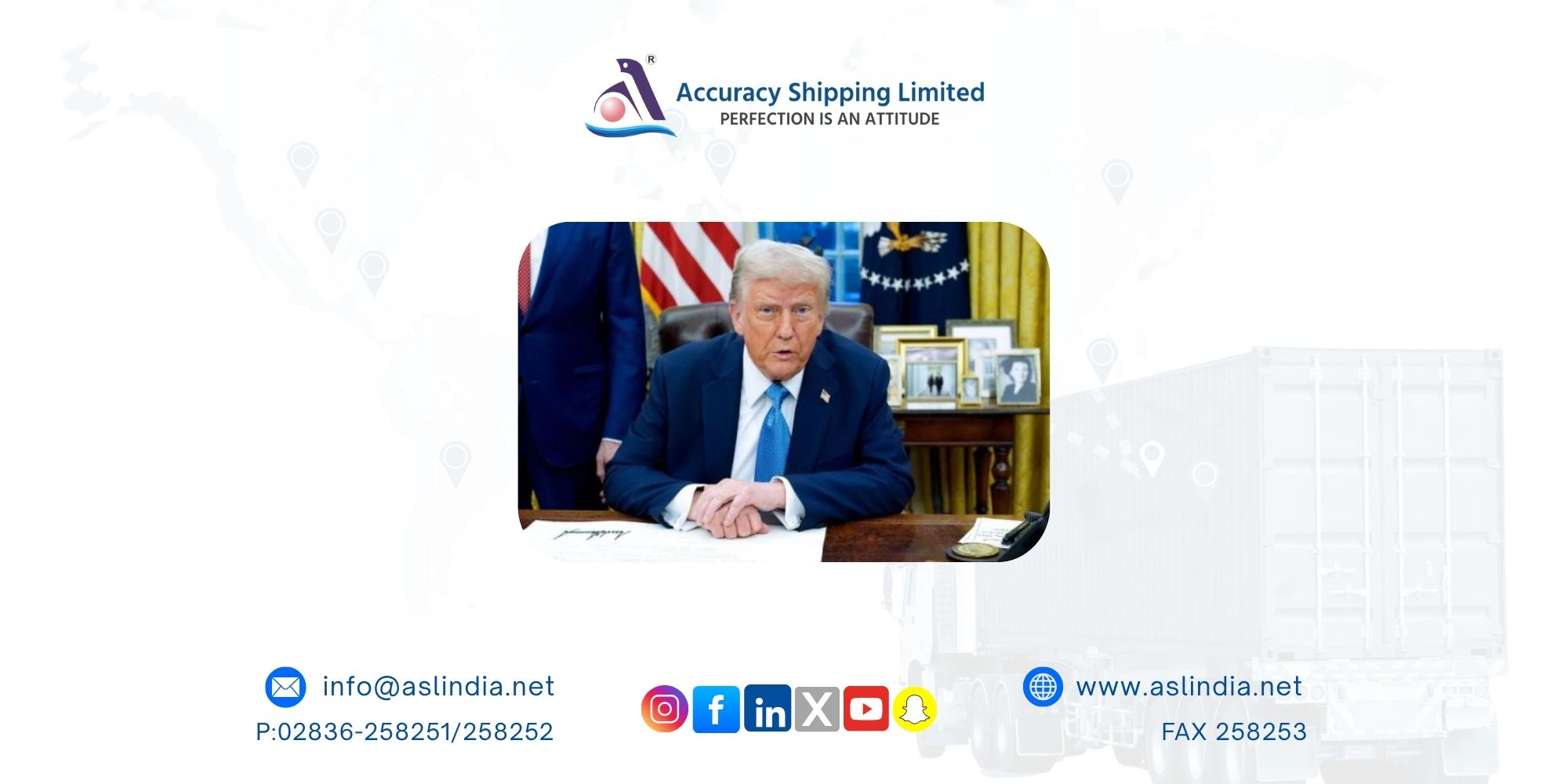India may curb export of e-commerce goods to Pakistan

As diplomatic and geopolitical strains intensify between India and Pakistan, a significant shift in trade policy may be on the horizon. India is reportedly evaluating restrictions on the export of electronics and e-commerce goods to Pakistan, a move driven by recent developments around the Indus Waters Treaty and concerns over growing trade volumes through unofficial channels.
Trade Continues Despite Official Ban
While formal trade between the two neighboring countries has been virtually non-existent since 2019, Indian goods continue to flow into Pakistan through alternative routes. A recent report by the Global Trade Research Initiative (GTRI) reveals a surprising fact—Indian goods worth over $10 billion still reach Pakistan every year via transshipment hubs like the UAE, Sri Lanka, and Singapore. These figures emphasize the ongoing demand for Indian products in Pakistan despite the official trade freeze.
How the Transshipment System Works
The transshipment process involves Indian goods being first exported to third countries, where they are stored in bonded warehouses—secure storage facilities that allow items to remain duty-free while in transit. To mask their origin, the products are re-labelled with tags indicating they are “Made in” the transshipment country, such as the UAE.
For instance, auto parts worth $100,000 exported from India to Dubai may be re-labelled and sold in Pakistan for $130,000, factoring in storage fees, paperwork, and access costs to a restricted market. This method has become a staple route for items like electronics, gold, gems, jewellery, and various e-commerce products.
Potential Restrictions and Strategic Implications
Recent indications suggest that India is not only considering curbs on specific categories of exports but is also preparing for contingencies in case Pakistan shuts down the air cargo corridor. Indian officials are reportedly analyzing the financial impact on exporters and the possible disruption to supply chains if Pakistani airspace becomes inaccessible.
Such a move could lead to a temporary surge in logistical challenges and export costs for Indian businesses relying on third-party shipment routes. However, it may also signal India's intent to reduce indirect trade dependencies amid escalating political tensions.
Conclusion
The potential restriction of Indian e-commerce and electronics exports to Pakistan reflects a broader realignment of trade strategies shaped by geopolitical realities. While the underground trade network via transshipment hubs has kept goods flowing, its future now seems uncertain. With over $10 billion at stake, any official policy change could significantly impact both economies and reshape South Asia’s unofficial trade corridors.







